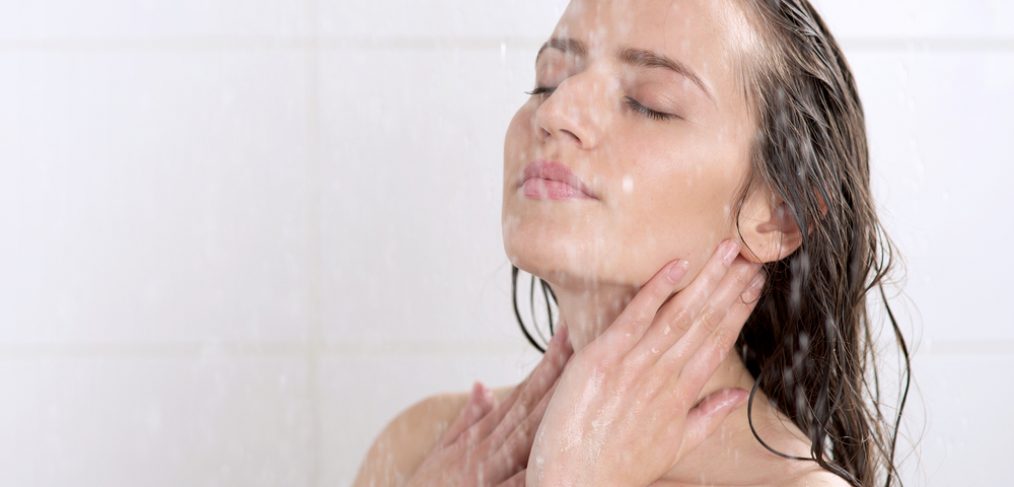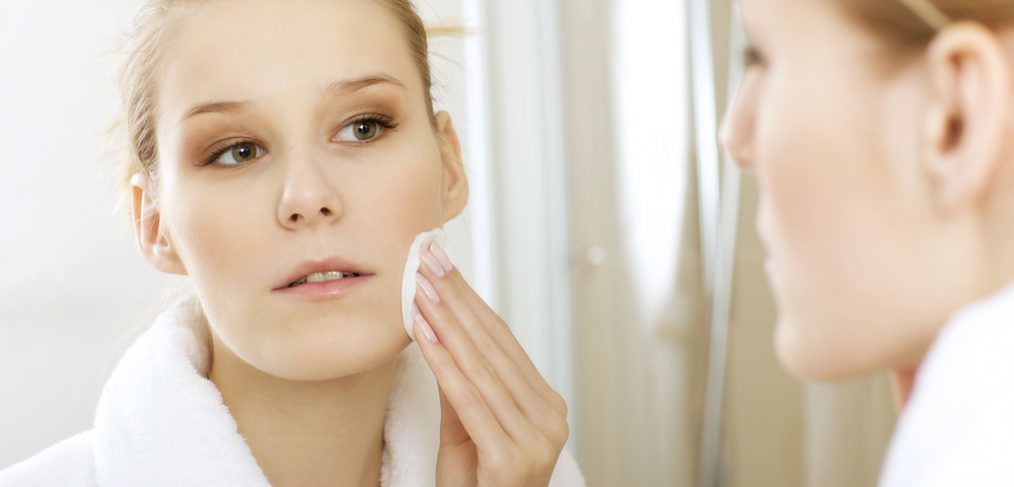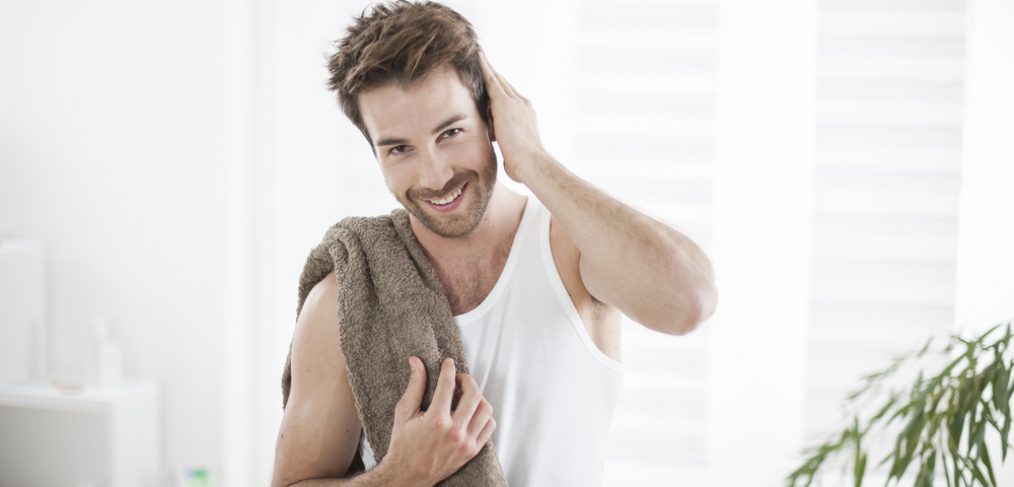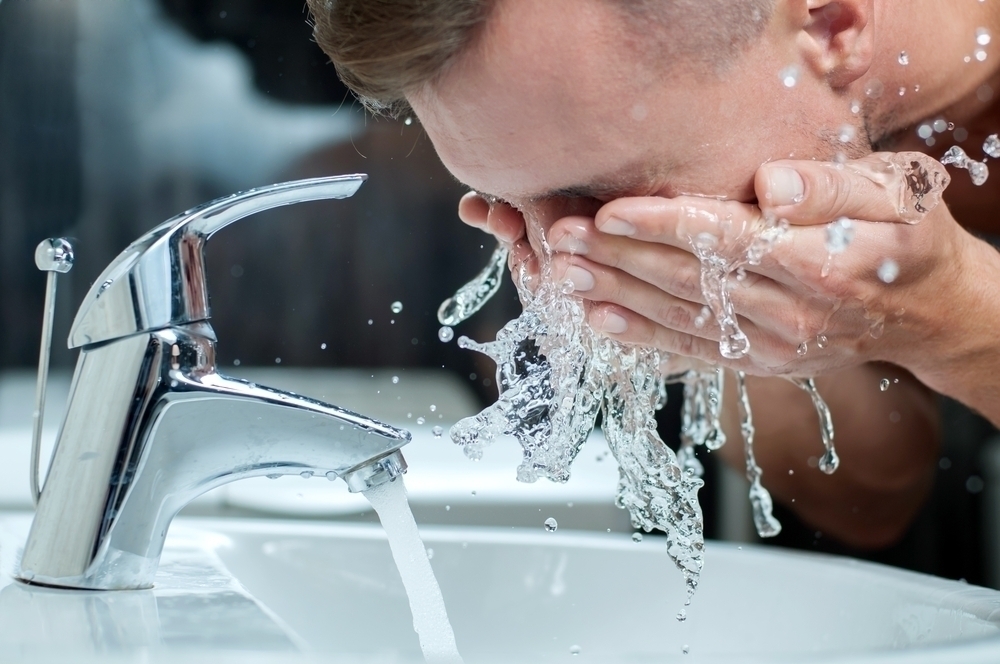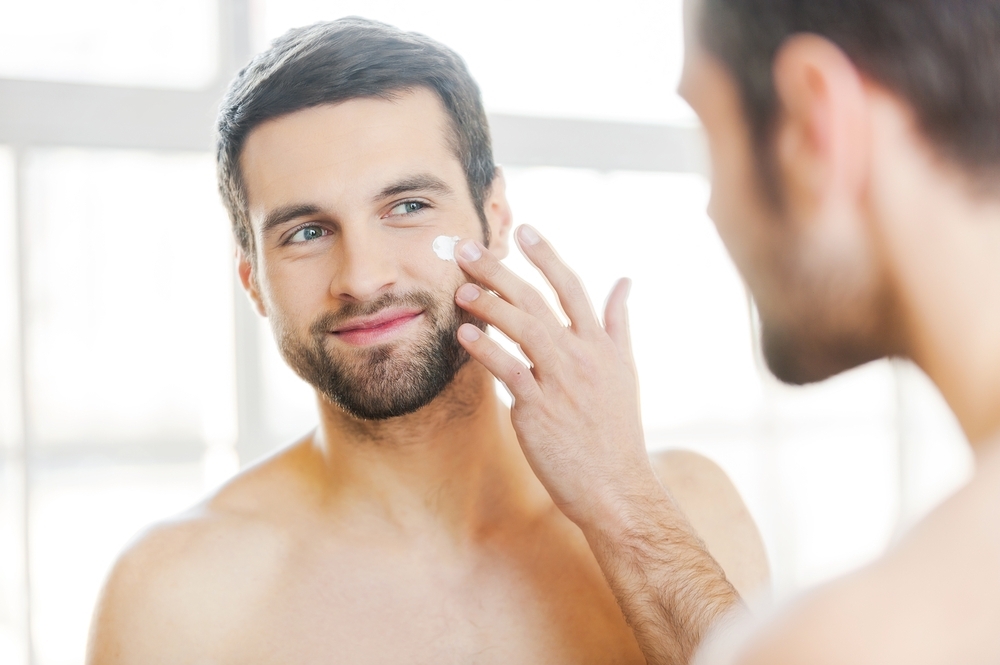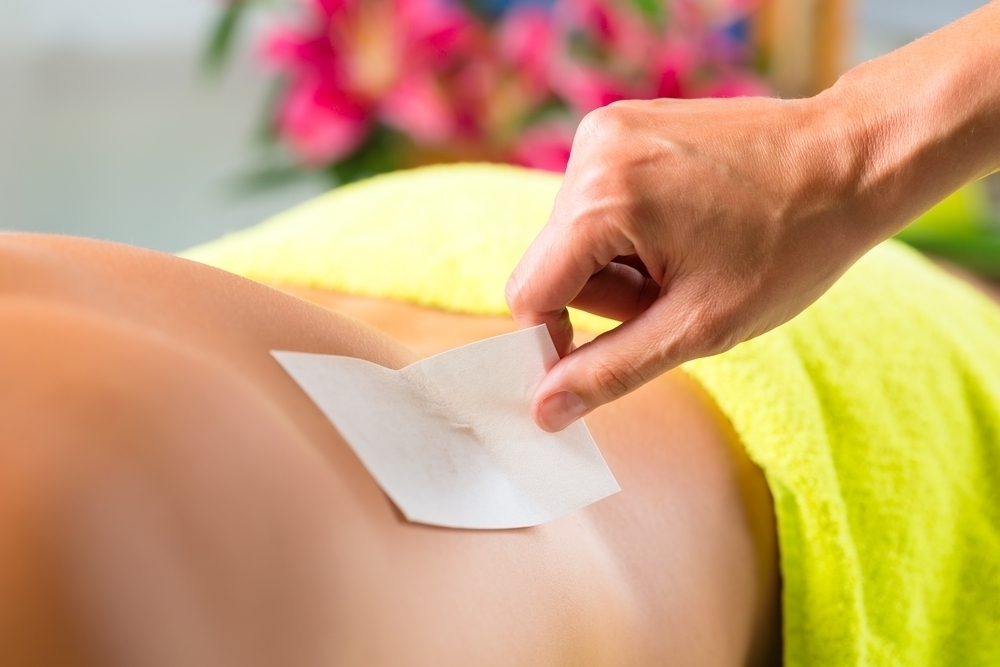Spoiler alert! If you enjoy taking steamy hot showers, do not read this article. To many of us, a hot steamy shower is the high point of our day. The little cubicle, your own private haven, the steam, unknotting the stress in your muscles and opening the pores of your skin. The acoustics of the tile, providing just the right amount of echo to make the renditions of your favorite pop songs almost listenable. How can this be wrong?
Unfortunately, pleasurable as they may be, long hot showers can be damaging to your skin. While there are ways to mitigate the damage, it may involve making small sacrifices. Read on to find out which shower habits may be harming your skin, if you dare.
Water Temp is Too High
While the water temperature may offer short-term pleasure, the long term effects may be less enjoyable. Hot water can strip skin of its natural oils, drying it out, and causing possible discomfort. Those with eczema should be especially wary of very hot showers, as the skin barrier of eczema sufferers is already weak. If you really can’t live without the steam, try blasting the hot water, allowing steam to build and them decreasing the temperature of the water before it comes into contact with your skin.
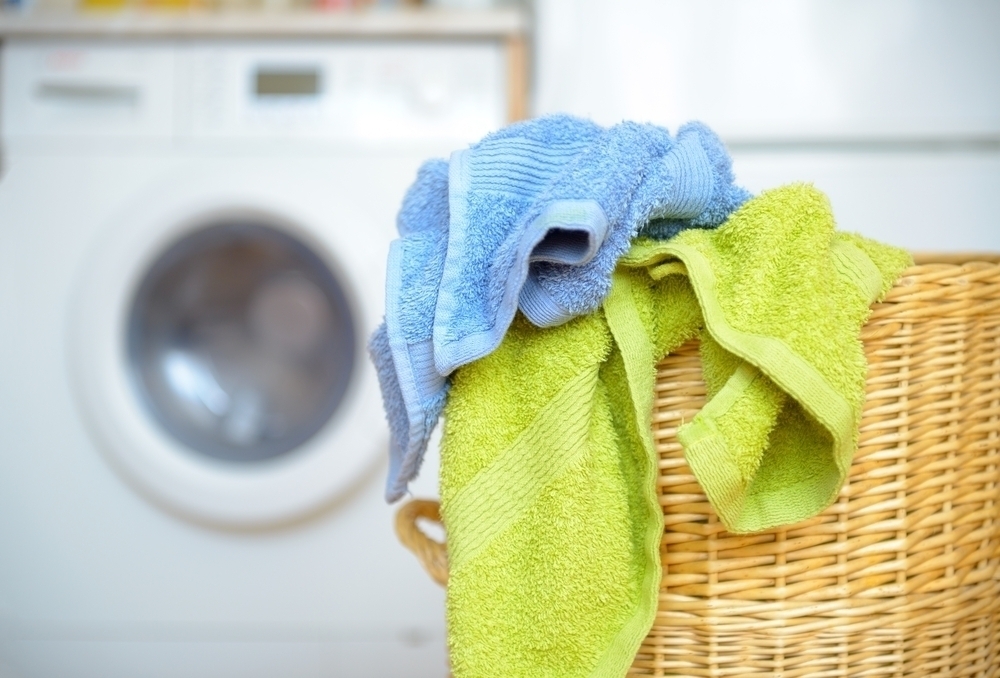
Dirty Towels
Even though it may seem that we emerge from the shower clean and bacteria free, this is not the case. Dead skin cells transfer to towels and can result in growth of bacteria, and even mold. Wash towels regularly and try and leave them in a dry, well-lit environment to cut down on bacterial growth.
Harsh Soap
Although antibacterial soaps are great for stripping pores of dirt and bacteria, it may also strip skin of natural oils and good bacteria that helps skin to maintain a balanced pH level. While antibacterial soaps may work well on your hands, they are not recommended for all over cleansing. Also, you may want to swap the bar soap for a moisturizing, natural body wash. Bar soaps can accumulate bacteria from sitting in a wet, dimly lit shower.
Showering Without Moisturizer
Showers provide the best opportunity for moisturizing, and one that you should definitely take advantage of. Warm water opens the pores, allowing water to hydrate skin and allowing the moisturizer to lock the hydration in. For optimal results, use a soap that contains moisturizing ingredients in addition to your regular lotion.
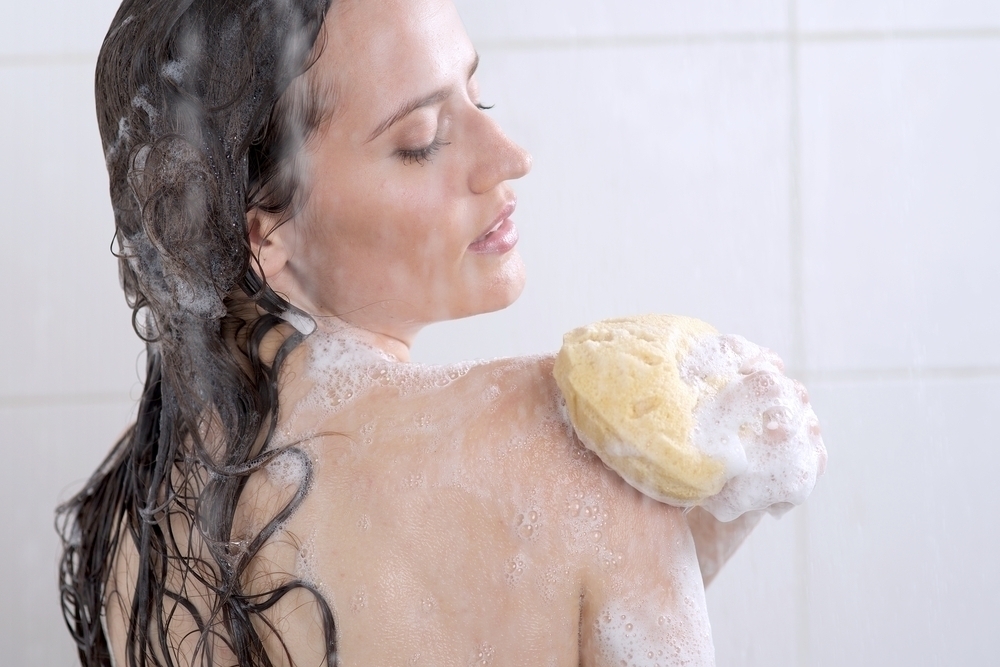
Overscrubbing
Scrubbing should not be confused with exfoliation. Roughly textured bathing accessories, such as shower brushes and loofahs, can break healthy skin cells, leaving behind raw patches on your skin. These tools also collect bacteria, which, when combined with vulnerable skin, is a recipe for damage. Use mild loofahs and try to keep exfoliation down to once or twice a week.
Hard Water
Unfortunately, the water most of us shower with is “hard.” This means it has chemicals and mineral to purify it. While this makes it safe for showering, it may not be the best thing for our skin, and may clog pores and strip skin of natural oil. However, you can avoid this by purchasing a shower head with a water filter to keep the hard stuff out.
What do you think? Is good skin worth the sacrifice? What price is too much for a great shower? Let us know!



